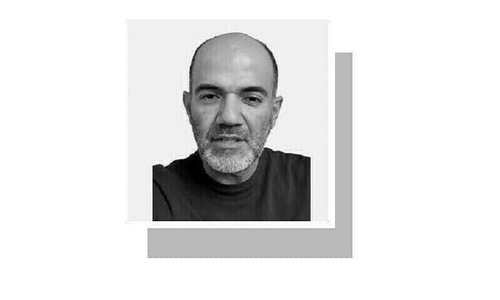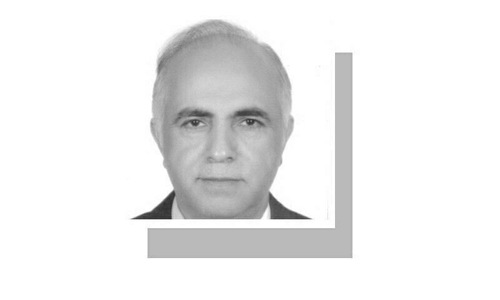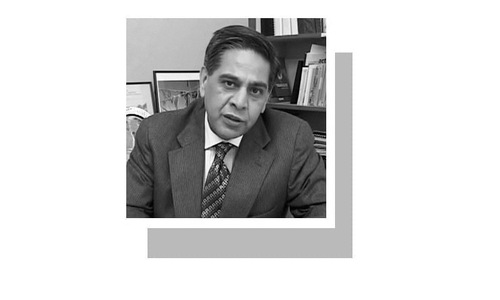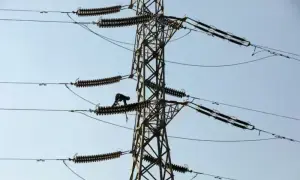WASHINGTON: Transgender people live under dramatically varying circumstances around the world — often facing violent repression, but also conquering crucial new rights most notably in Europe and the United States.
There are few reliable statistics on the community, in part because many transgender people around the world are unable to come out. And there are sometimes misunderstandings of the complex and changing vocabulary involved.
Transgender people
According to a study published in 2011 by The Williams Institute, an LGBT think tank, an estimated 0.3 per cent of the US population is transgender. There are no reliable global statistics on the community, but India's historic transgender minority alone, known as Hijras, number half a million according to the 2014 census.

The term “transgender” or “trans” refers to people whose gender identity — their innate, deeply-felt psychological sense of being a man, a woman, or neither — is different than the sex assigned to them at birth.
It includes people who have had reassignment surgery, those who have had hormone treatments, or people who have had no medical treatment at all.
A person who is born female and now identifies as a man is a “transgender man”, or trans man.
A person who is born male and now identifies as a woman is a “transgender woman”, or trans woman.
Note that it is considered pejorative to use “transgender” as a noun. It is an adjective, as in "a transgender person". The term “transsexual” is increasingly avoided.
Transition
A transgender person who is “transitioning” is shifting into their new gender identity by changing their “physical and sexual characteristics from those associated with their sex at birth,” says the National Lesbian & Gay Journalists Association in the US.
This can be a complex process that might include surgery and body modification, but it does not always. It might also include hormone treatments, group or individual therapy, telling family or friends, or changing one's name on legal documents.
'Sex change' or 'reassignment'?
Transgender advocacy groups warn against use of the term “sex change” to describe the surgical processes that some undergo. The groups explain that this is an outdated term, and that transgender people actually put “their bodies in line with who they are” rather than changing who they are.
Their stance is borne out by a growing body of research indicating that sexual anatomy and gender identity are the products of different biological processes — determined by genes as well as hormones — that occur before birth. Sexual anatomy and gender identity usually match, but many events can lead to an incongruence between the two.
Sexual orientation
Gender identity is not the same thing as sexual orientation. A transgender man or woman can have any sexual orientation: gay, straight or bisexual.
Anti-discrimination laws
The situation varies greatly for transgender people around the world.
Human Rights Watch counts 80 countries that continue to criminalise consensual same-sex relations or discussion of LGBT rights, with punishments including prison sentences, flogging, and even the death penalty.

In Europe, the European Parliament adopted a resolution in 1989 prohibiting discrimination against transgender people. But among the 28 member states, laws vary greatly. Only 13 states explicitly prohibit violence against transgender people, according to “Transgender Europe”, a European association. In the United States, anti-discrimination laws are among the most advanced.
But whether those laws are also applied to transgender people varies from state to state.
A dozen states including New York, California and the District of Columbia ban the exclusion of gender transition-related care from both private insurance programs and the public Medicaid insurance program, which caters to the poorest segment of the population. Another half dozen states have rules ensuring a limited level of coverage, while the rest offer none.


































